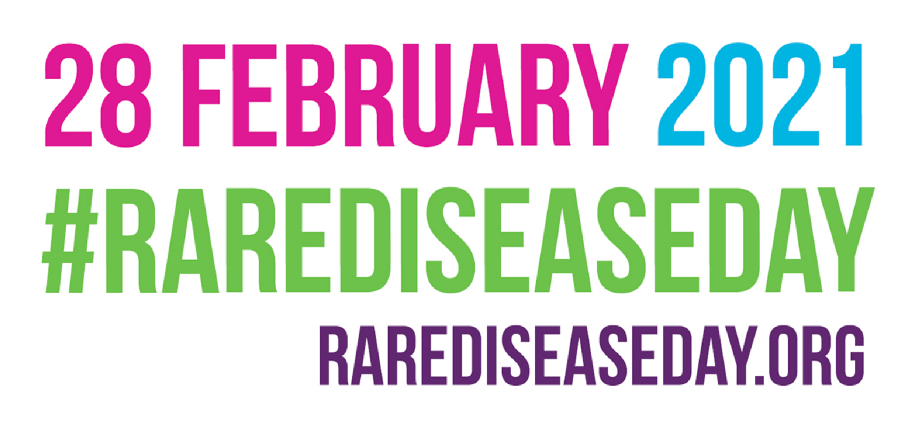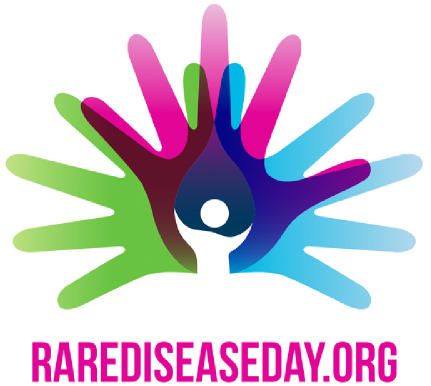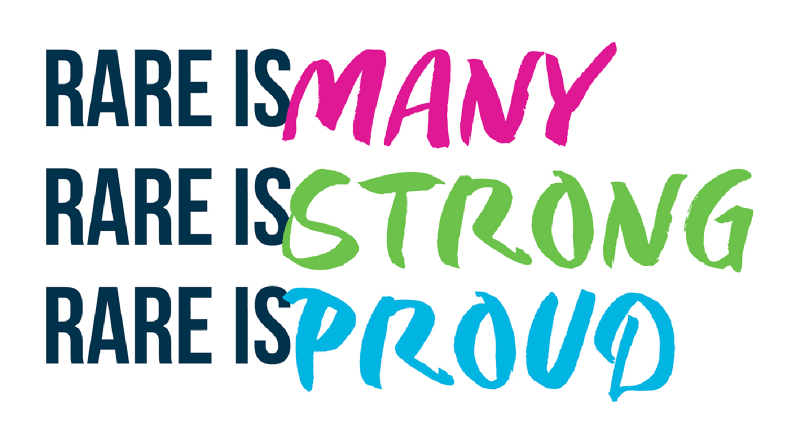Living with DM1 profoundly impacts every part of people’s lives, from work and socializing to family life. Community members have shared their moving perspectives with our team, including what it would mean to them to have a potentially transformative therapeutic for their disease.
DM1 Stories
Each person living with DM1 has
a unique and powerful story to tell
a unique and powerful story to tell

Meet Sarah
Sarah shares the impact DM1 has on her and her family and why a potentially transformative therapy is urgently needed

Meet BillyDean and Suzette
Through their resilience and Suzette’s incredible advocacy efforts for her son, BillyDean, they succeeded in getting a DM1 diagnosis and have been learning how to live and thrive ever since

Meet Loraine
A courageous family battle and devotion in the face of generational adversity





